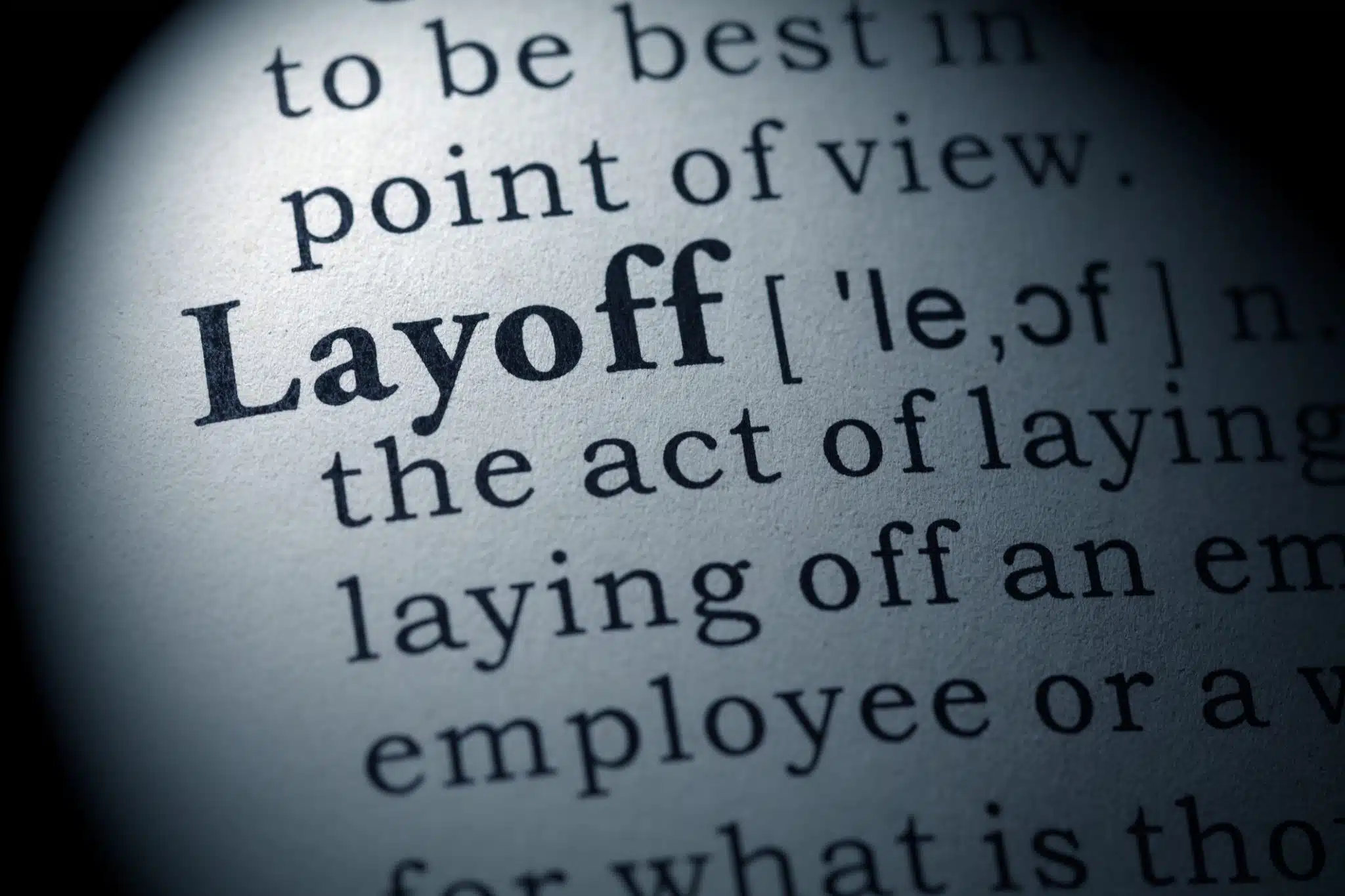For employers and employees alike, lay-offs continue to be a largely misunderstood area of employment law. Many employers and employees believe that a lay-off occurs when the employer ends the employment relationship on a without cause basis. However, a true lay-off occurs when the employer temporarily stops employing an employee on the understanding that the employee will be called back to work eventually. When business is slow or the employer is overstaffed, laying off employees can appear to strike a middle ground between termination (ending the employment relationship and having to pay termination pay) and continued employment (having to pay full wages).
The Employment Standards Act, 2000, a statute which regulates employment in Ontario, provides that employees can be laid off for up to 13 weeks in a 20 week period. Subject to certain exceptions, the employer must call the employee back within those 13 weeks. If the employee is not recalled, the lay-off is considered permanent and the employee will be deemed terminated. She or he then will become entitled to termination/severance pay and in some instances, wrongful dismissal damages at common law.
Surprisingly, a lay-off can also automatically constitute a termination of employment. This wrinkle in the law is particularly confusing to employers and employees, because lay-offs are provided for in the Employment Standards Act, 2000. It says employers are allowed to do it, right in the Act. Despite this, case law, or judge-made law, has confirmed that in many instances, unless there is a provision in the employment contract allowing an employer to lay-off the employee, a lay-off can constitute a termination of employment. At that point, the employee may be entitled to termination/severance pay and in some instances, wrongful dismissal damages at common law.
For employers, it is important to speak to an employment lawyer to make sure they actually have the right to lay employees off without triggering an automatic termination. For employees who have been laid off, in the absence of a contractual right to do so, they may be entitled to seek wrongful dismissal damages. If their contract provides for lay-off, they need to be aware of the 13-week maximum. There are always exceptions and so it is important to consult an employment lawyer before making these decisions.
This blog post was written by Nigel McKechnie, a member of our Employment Law team. Nigel can be reached at 613-369-0382 or at nigel.mckechnie@mannlawyers.com.







